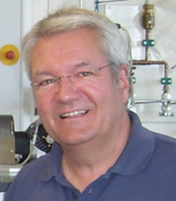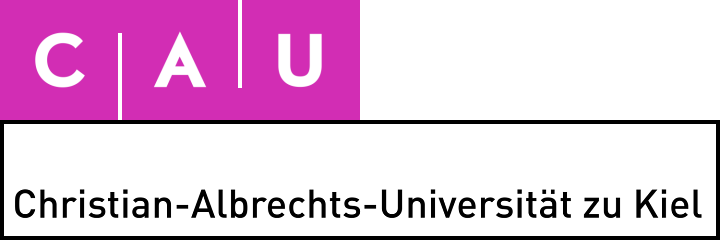Beyond Biosensing: Bridging Nanostructure and Biofunction through Advanced Electron Microscopy at the OWL Analytic Center
Details
| Presenter: | Andreas Hütten |
| Title: | Beyond Biosensing: Bridging Nanostructure and Biofunction through Advanced Electron Microscopy at the OWL Analytic Center |
| Affiliation: | Faculty of Physics, Bielefeld University, Bielefeld, Germany |
| Date: | 08.05.2025 |
| Time: | 17:00 h |
| Place: | Building C (ZEVS), third floor, room "Kolloquium" |
Contents of the Talk

At the OWL Analytic Center, advanced Dual Beam FIB and transmission electron microscopy (TEM) has become a cornerstone in decoding complex interrelations between nanoscale material properties and macroscale functionalities, ranging from magnetically tunable thin films to the microbial colonization of everyday surfaces. This talk presents an integrative perspective on recent interdisciplinary studies combining FIB, high-resolution analytical and Lorentz-TEM with correlative imaging and simulation techniques.
Our investigations into nanostructured magnetic systems, including patterned CoFe thin films and NiCoMnAl shape memory alloys, demonstrate how local microstructure, long-range ordering, and elastic strain fields shape magnetic domain behavior. Differential phase contrast (DPC) imaging, enhanced by micromagnetic simulations, enabled a precise interpretation of domain evolution and structure–function relationships relevant to emerging biosensing technologies.
Beyond materials science, we apply correlative microscopy to biofilm research to uncover how biofilms form on aged polymers, metal coatings, and in response to nanoparticle exposure. FIB/TEM reveals structural adaptations such as nanoparticle clustering by Pseudomonas aeruginosa, and morphological changes in detergent-aged polypropylene surfaces that enhance microbial adhesion.
Across all these domains, the OWL Analytic Center provides not only advanced instrumentation, but a methodological framework for tracing the trajectory from material design to biological impact—bridging nanostructure and biofunction through electron microscopy.




